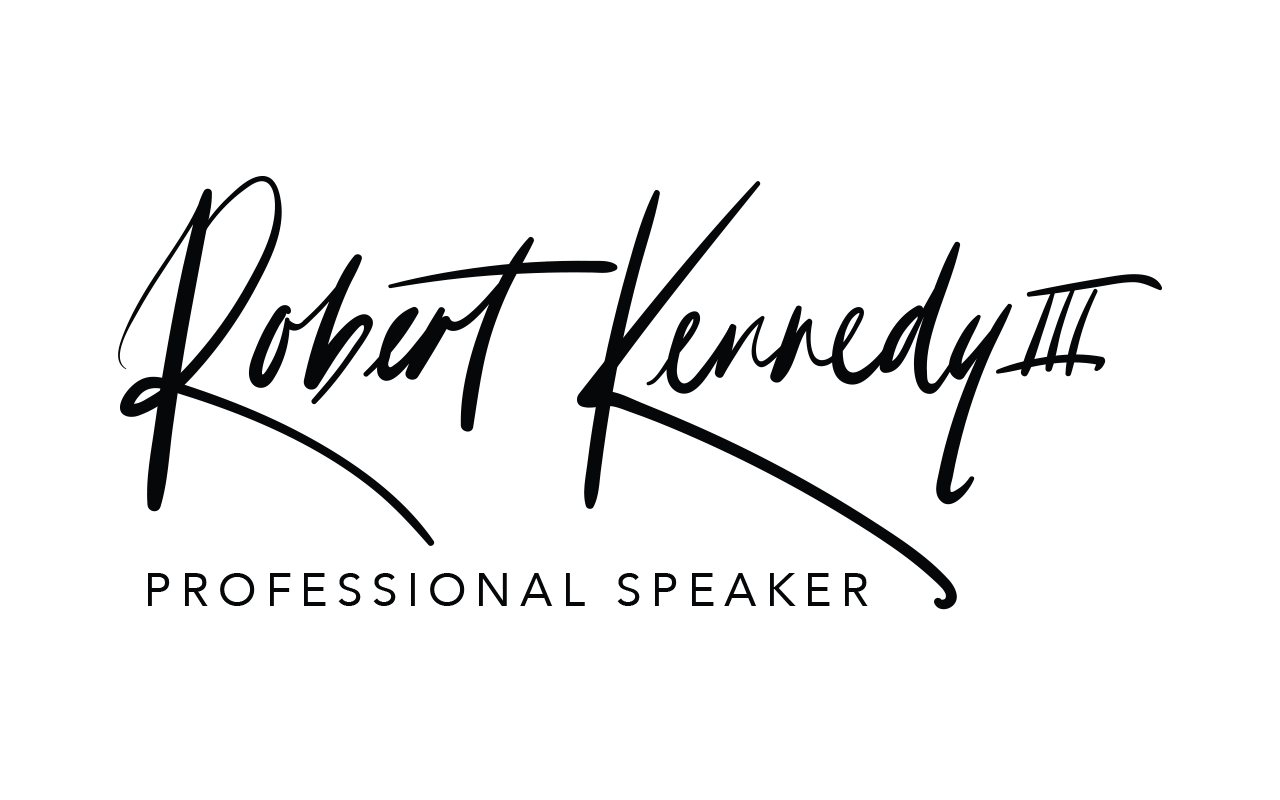As a speaker, one of the things that makes me take a REALLY deep breath is looking out into an audience and seeing a sea of glazed eyes. I’ve seen it before and it just makes you want to pull a quilt over your head and slither away. At that moment, you just KNOW that you aren’t connecting with your audience and though their bodies are still present, their minds are on a spaceship headed to Venus. They might be thinking about their shopping list, or their party invites, or their list of projects at work but they are not paying attention to you anymore. Once that happens, it can be nearly impossible to return them to your reality unless you happen to have brought some firecrackers with you.
 When it happens with an audience, you might be able to scan the audience to see if there is even one set of encouraging eyes smiling back at you. But, if it should happen in a one on one conversation, that’s a totally different story. You feel trapped with no escape. You want to simply melt into the ground like the witch from The Wizard of Oz. You want desperately to get out of there. In a one on one conversation, it can be devastating when you see that the person in front of you is looking over your shoulder or fidgeting with something in their purse or briefcase. Those are surefire indicators you have lost at least a portion of their attention.
When it happens with an audience, you might be able to scan the audience to see if there is even one set of encouraging eyes smiling back at you. But, if it should happen in a one on one conversation, that’s a totally different story. You feel trapped with no escape. You want to simply melt into the ground like the witch from The Wizard of Oz. You want desperately to get out of there. In a one on one conversation, it can be devastating when you see that the person in front of you is looking over your shoulder or fidgeting with something in their purse or briefcase. Those are surefire indicators you have lost at least a portion of their attention.So, how do you avoid this? CONNECT! Yes, it’s an easy word for me to say or write but it’s the answer. Think about it. The conversations that flow most easily are those where there is a link or bond which brings the participants more closely together. The bond may be from a historical shared experience, similar individual experiences or similar likes and preferences. It can come from a variety of places. However, outside of personal friendship conversations, we don’t intentionally seek connection. In the friendship conversations, and family conversations, the connection is built in…much easier to access. But, connecting is quite possible in most other conversations also. In Everyone Communicates, Few Connect, John Maxwell notes, “connectors create an experience everyone enjoys.”
Here are 5 ways to do that:
- Eye Contact – Look them in the eye. In “How To Connect In Business In 90 Seconds or Less”, Nick Boothman suggests using every interaction as an opportunity to find out the eye color of the other person. Without doing a creepy stare, a solid focus in to the other person’s eyes provides an energy connection and a non-verbal that simply says you are paying attention to them.
- Ask a ‘feeling’ question – Somewhere in the conversation, ask an open ended question that gets them to share how they feel on a topic. “Wow, isn’t it hot out here?” is a little different than, “Wow, how are you feeling about this weather today.” In the first question, the possible answers are Yes and No. If they are kind, they might add more. In the second, you are asking them to share.
- Ask an experience question – In speaking from the stage, one of the connection techniques I employ often is creating a visual experience, then asking the audience if they have experienced it. Sometimes, I will say, “Close your eyes and imagine that it’s a bright sunny day, you are on a boat, and…” Or, I might use an actual story, like, “The other day I was in Walmart and I got on line after I purchased my items. There were about 10 people in line but there was only one cashier in the entire place. I know I saw at least 4 other workers just hanging out in the back. Have you all ever experienced this?” I get laughter, head nods, arm waves, verbal uh-huhs and sometimes a few amens. This can also be used in conversation. Share an experience and then simply ask if this is a familiar experience for your conversation partner.
- Be engaged and energetic – It can KILL a conversation if one person feels like they are working harder to keep the conversation going. Energy is critical. A grunt or groan as a response doesn’t inspire further conversation. Keep your smile up (well, if a smile is appropriate) and keep the energy level up. WARNING: If you overdo the energy, that can also be a disconnect. If your energy is so disproportionate from theirs, it can feel overwhelming, as if they are being swallowed in YOUR energy vortex. Match their energy and go a little above at first.
- Remove barriers and mirror – Conscious or not, barriers create an obstacle in conversations. Some barriers are obvious…a desk, a table, a door or a bar. But some are more subtle…a laptop, a smartphone, a pen. In having conversations with my wife, if I have my smartphone in my hand, even if I’m not looking at it, she tends to disengage because she gets the unshakeable feeling I’m not paying attention to her fully. In order to full connection to take place, she needs to know that I’m 100% present. So, a visible object in my hand like a phone or even a pen, says that I am waiting for the conversation to be over with so I can move to my next task. Additionally, mirroring the other person’s positioning creates a subtle connection. If they are sitting, I sit. If they are standing, I stand. If they are sitting cross-legged, I subtly do the same to create a comfort. If they are leaning back and I am leaning in towards them, that creates an energy of confrontation rather than the relaxed energy they have created for themselves.
You won’t have a BFF relationship with everyone you meet. But, intentionally creating a connection is a great way to be remembered. In your own mind, think about the people who you remember most. Think about what they have done. Close your eyes and replay the interaction. You will find something small, something subtle, and something simple they have done in order to create a connection with you.
What can you do to create more intentional connection?


Join the discussion 2 Comments